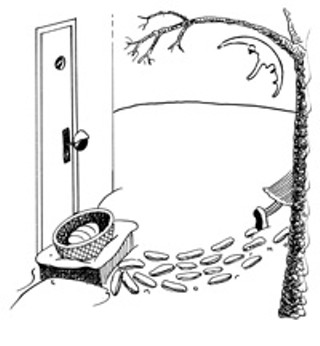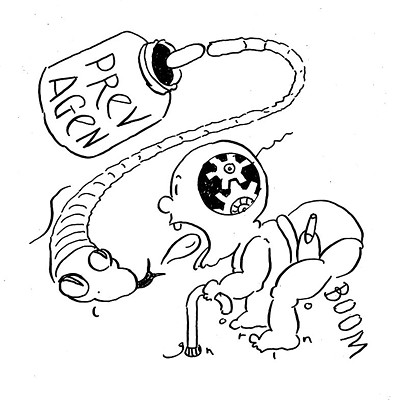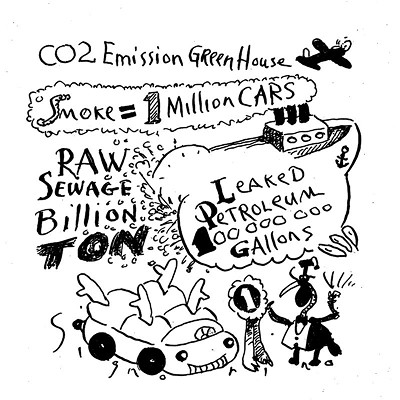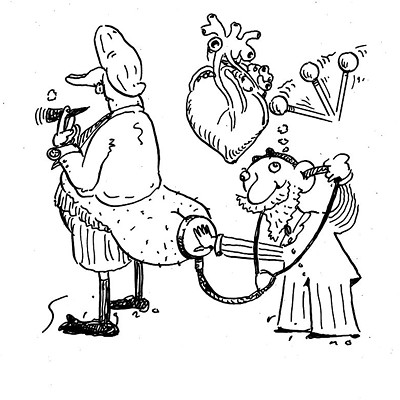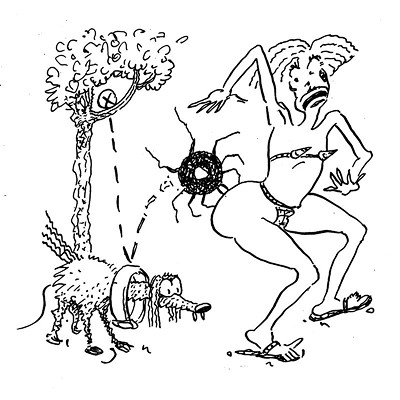Having grown up on Looney Tunes, Tom & Jerry and similar cartoons, I can’t tell you how many I’ve watched involving a baby left on a doorstep. Was there a rash of baby abandonment somewhere back in the 40s, 50s, and 60s that cartoonists decided to satirize? —Sarah from WY
You never heard of, say, Romulus and Remus being suckled by the wolf, or Moses found in a reed basket? For that matter, you haven’t read anything about the recent wave of kid abandonments (granted, most of those dumped were past infancy) following passage of Nebraska’s “safe haven” law? Or maybe you’re just wondering if doorsteps were ever the abandonment venue of choice, as opposed to the common method today, where the kid is pitched straight into the trash.
Baby abandonment is nothing new. The ancient Spartans weeded out weak or deformed infants by leaving them in a chasm (or maybe tossing them into it—Plutarch doesn’t specify). Chronicles from around the world tell of babies and small children set adrift in chests, dropped off in the forest a la Hansel and Gretel, or otherwise exposed.
Homes for foundlings, as children rescued from abandonment were called, were set up as early as the eighth century. Pope Innocent III, aghast at infanticide rates in 11th-century Rome, ordered the installation of foundling wheels—revolving-door contraptions that enabled an infant to be dropped off anonymously at a convent. As of 1790 the Hotel-Dieu in Paris was receiving more than 7,000 abandoned infants a year. Records maintained by the New York Foundling Asylum show that 2,457 infants were dropped off there between October 1869 and November 1871.
In plenty of cases a baby really was left in a basket with a note, on a doorsteps or elsewhere. A 1902 report in the New York Times tells of a baby left on board a train traveling through the Oklahoma Territory with a bottle of milk and a note saying, “I have no parents; please take me to the next station.” (Railroad employees adopted the child.)
Why were—are—kids abandoned? Mostly for the reasons you’d expect—poverty and illegitimacy. In 1830s Paris, for example, where it was illegal to give a child up for adoption, almost half of illegitimate babies were abandoned. Notoriously, in some cultures girls are valued less than boys and are thus especially at risk of being abandoned; in China tens of thousands of baby girls are thrown into garbage dumps or otherwise disposed of annually.
As far as I can tell there wasn’t an unusual surge of babies left on American doorsteps in the mid-20th century. But even now no one knows exactly how many babies are abandoned nationwide.
The Department of Health and Human Services estimated that nearly 31,000 babies were abandoned in 1998, for instance, but the HHS definition of “abandoned baby” includes drug- or HIV-exposed infants born in hospitals and kept there for safety reasons. The number of babies simply left somewhere in public is thought to be in the low hundreds per year.
One thing that’s changed in recent years is public awareness. Partly this was spurred by media coverage of several horrifying incidents, such as the case of New Jerseys Melissa Drexler, who in 1997 concealed her pregnancy until the night of her senior prom, gave birth in the restroom, then chucked the baby in the wastebasket and returned to the dance floor. (The child died and Drexler spent three years in prison.)
After a string of 13 abandonments in Houston in the late 1990s gained attention, Texas became the first state to enact a safe haven law, which allows parents to hand over children to a social service agency without risk of prosecution. Similar laws have been enacted in all 50 states plus many foreign countries. Italy has even brought back a high-tech version of the foundling wheel at Casilino Polyclinic hospital in Rome, where mothers can drop off unwanted infants using an ATM-like booth. Not pleasant, but it certainly beats the Dumpster. cs
by CECIL ADAMS
Comments, questions? Take it up with Cecil on the Straight Dope Message Board, straightdope.com, or write him at the Chicago Reader, 11 E. Illinois, Chicago 60611.
